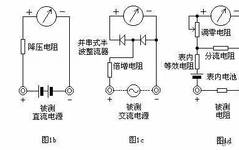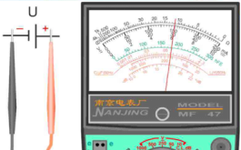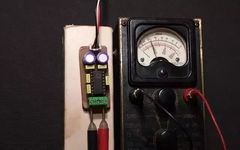Basic Working Principles and Usage of Multimeters
1. Basic Working Principles of Multimeters “Multimeter” is short for multimeter, which is an essential tool in our electronic production. Multimeters can measure current, voltage, resistance, and some can also measure transistor amplification, frequency, capacitance, logic levels, and decibel values. There are many types of multimeters, with the most popular being analog and digital multimeters. … Read more







